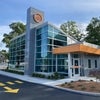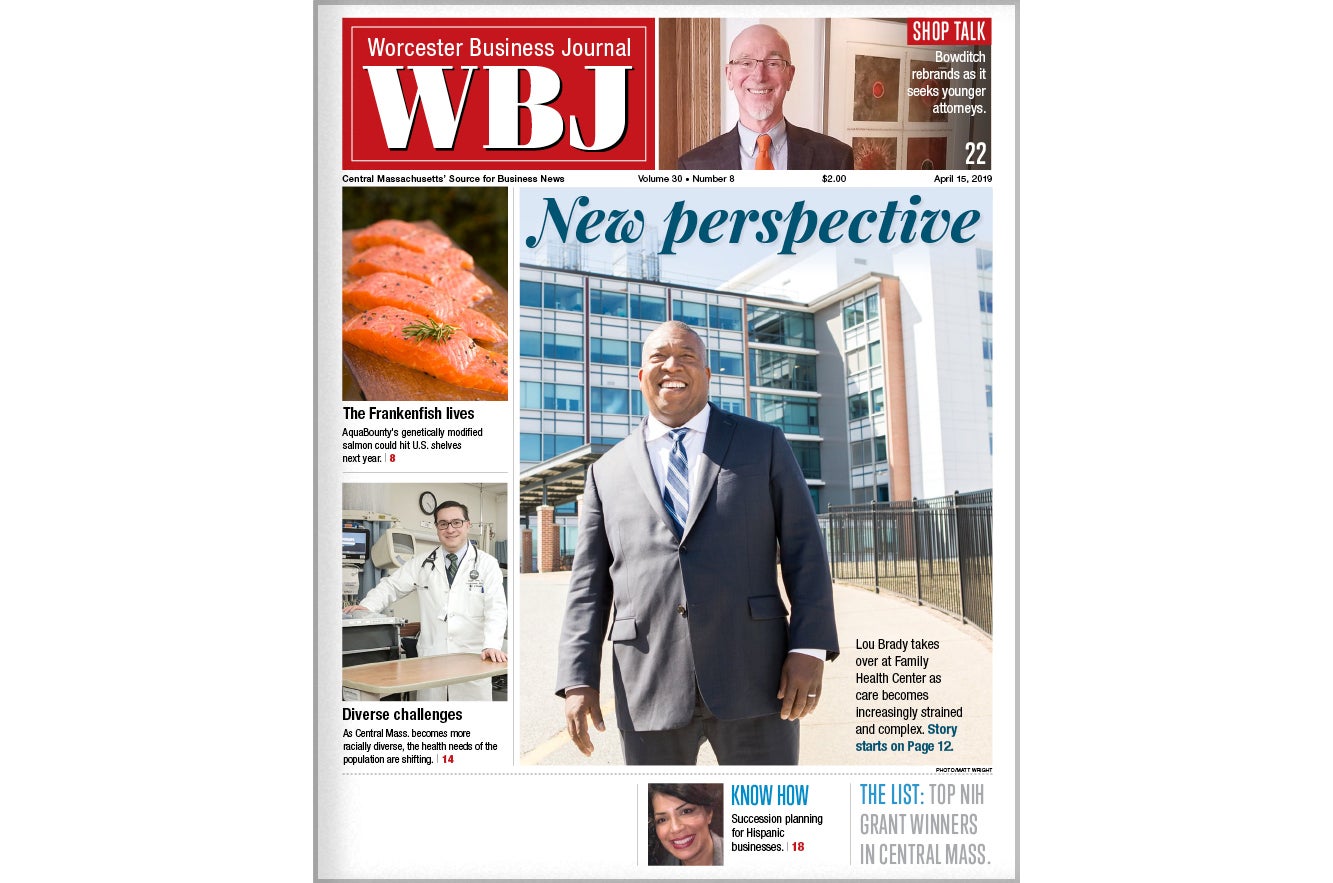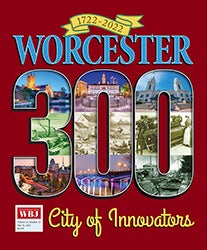P&W Railroad adopts 'corny' strategy
Worcester transport firm has to be creative with growth plans
In many industries, growing simply means finding more customers to buy more things.
But for Providence & Worcester Railroad, growth is a lot more complicated. More customers would be nice, but acquiring additional connecting rail lines would be better.
Unfortunately, there are few opportunities for such acquisitions in the company's market.
So, the company has turned to growing by expanding the kinds of things it hauls over the rails, and it's focusing on two things that are very important to consumers: cars and fuel to run those cars.
Competing lines
P&W competes with other short-line and regional railroad companies, some of which have more money than P&W, for the acquisition of track mileage.
In its annual report filed with the U.S. Securities and Exchange Commission in March, the company said an increase in competition for less and less available track could hurt the company's ability to grow.
But P&W has other plans for growth that its executives say push the need to acquire track into the long term.
"It's not short term," said P. Scott Conti, the company's president. "We haven't really added any lines since '95, '96."
Before then, the company added to its track mileage in 1990, 1980, 1976 and 1974. When the company resumed independent operation in 1973, it owned 45 miles of track between Worcester and Providence.
Now, it owns 516.
Conti said the opportunity to buy track comes about when a railroad company is trying to sell a stretch.
"We're always interested about the potential to grow, but we're not out knocking on doors, but if it becomes available, we are definitely an interested party. We're definitely willing to grow by acquiring connecting lines," he said.
"We try to evolve," Conti added. "We have commodities today like containers. We have the largest container yard in the northeast. They're shipped in from all over the world, and then for local distribution."
Within the next year or so, the P&W's container yard, which is just off Southbridge Street, across from the railroad's offices on Hammond Street, could begin receiving automobiles for the first time the company's history.
If everything works out, cars would be brought into the company's yard in Davisville, R.I., which is right on the ocean.
The cars, like every other container the P&W handles, would eventually make their way to Worcester before being distributed to dealerships.
Getting into ethanol
And what goes into each of those cars? Fuel. P&W is also working on an agreement with "a major fuel provider" that Conti would not name, to bring ethanol into an underused Providence yard the company rehabilitated to bring in the corn-based fuel additive.
"We all drive our vehicles, and we pump gas into them," Conti said, and in Massachusetts, Connecticut and Rhode Island, that gas contains ethanol.
Ethanol is also thought to have potential as an alternative to fossil fuels.
"You look at ways to grow. These opportunities don't come along each and every day, but when you see one, you try to capitalize on it," Conti said.
P&W would also consider making its tracks available for passenger rail traffic, Conti said.









0 Comments